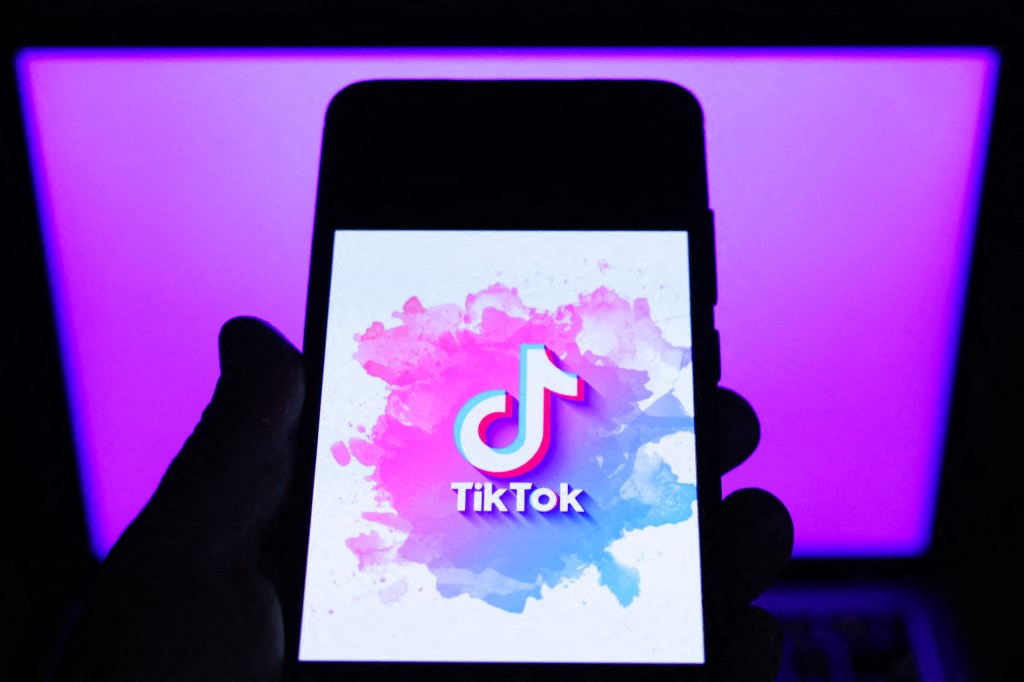By Fadi Sibai, founder and managing director of Hot Ice Communications
As online video watching and multiscreening become more popular, ignoring and skipping ad breaks has become inevitable. If done in an interesting, non-intrusive way, product placement is the best way to regain consumers’ attention, while adding value to their lives.
Passive-aggressive
Product placement, in fact, is one of the oldest forms of advertising. It goes back to the debut of the motion-picture industry in the 1890s. It all started with brand logos being featured in movies and documentaries, and then evolved to showing the actual product in the background as props to enhance the realism of the story – showing a bottle of Snapple juice in a kitchen scene, for example. This is called passive product placement.
Marketers have moved toward more active product placement – which is what we technically refer to as product integration, where the product is woven into the storyline. It becomes an integral part of the script and is assigned a certain role in the movie. Great examples are Aston Martin cars and Omega watches in James Bond movies.
The importance of product integration lies in tapping into the sensual and emotional aspect as well as the aspirational factor of seeing a certain celebrity using the actual product. Moreover, it enhances brand recognition through the longevity of the message and multiple exposures in the right environment where the consumer is most receptive.
Advertising, meet entertainment
While product integration remains an effective way of communication, we are currently witnessing an evolution into the age of branded content; a more sophisticated and contemporary use of product integration, focused on the consumer rather than the brand.
Content strategies have become an integral part of any effective communication plan, as consumers increasingly tend to skip or miss ads nowadays. They wouldn’t mind spending hours watching content they find interesting or entertaining on social media and, yet, they avoid a 30-second ad.
And that’s where branded content comes in: advertising converging with entertainment. Empowered by technology, entertainment is now distributed and consumed through a variety of media channels, encompassing traditional media, online and social networks, augmented and virtual reality, gaming, and so on.
The new rulebook
Although branded content feeds mainly on entertainment, it cannot be developed with a one-size-fits-all approach. It should be tailor-made, bearing in mind the nature of the entertainment piece, the communication channel carrying it, the compatibility with the original content and the audience on the receiving end.
Branded content works best when it is created in a way that audiences would want to consume it without perceiving it as commercial, despite the fact that it embodies the product’s attributes or features.
Brands are increasingly interested in creating their own content. We have seen it in the movie The Internship, centered around Google’s senior intern program; The Lego Movie; and Ouloum Fenjal webisodes by Nescafé Arabia. One of the greatest examples of branded content is Project Stratos by Redbull, where Felix Baumgartner jumped from the edge of the space. The produced content embodied the brand’s essence of adventure and extreme sports in a very unique, exciting and entertaining way that got the attention of global media – and the whole world ended up watching it live.
We are undoubtedly witnessing a paradigm shift in the way communication messages are being created and consumed. It is a shift from an intrusive and unappreciated form of advertising to unzappable, sought-after content – not only on TV, but also across other communication channels, namely online and social media.





